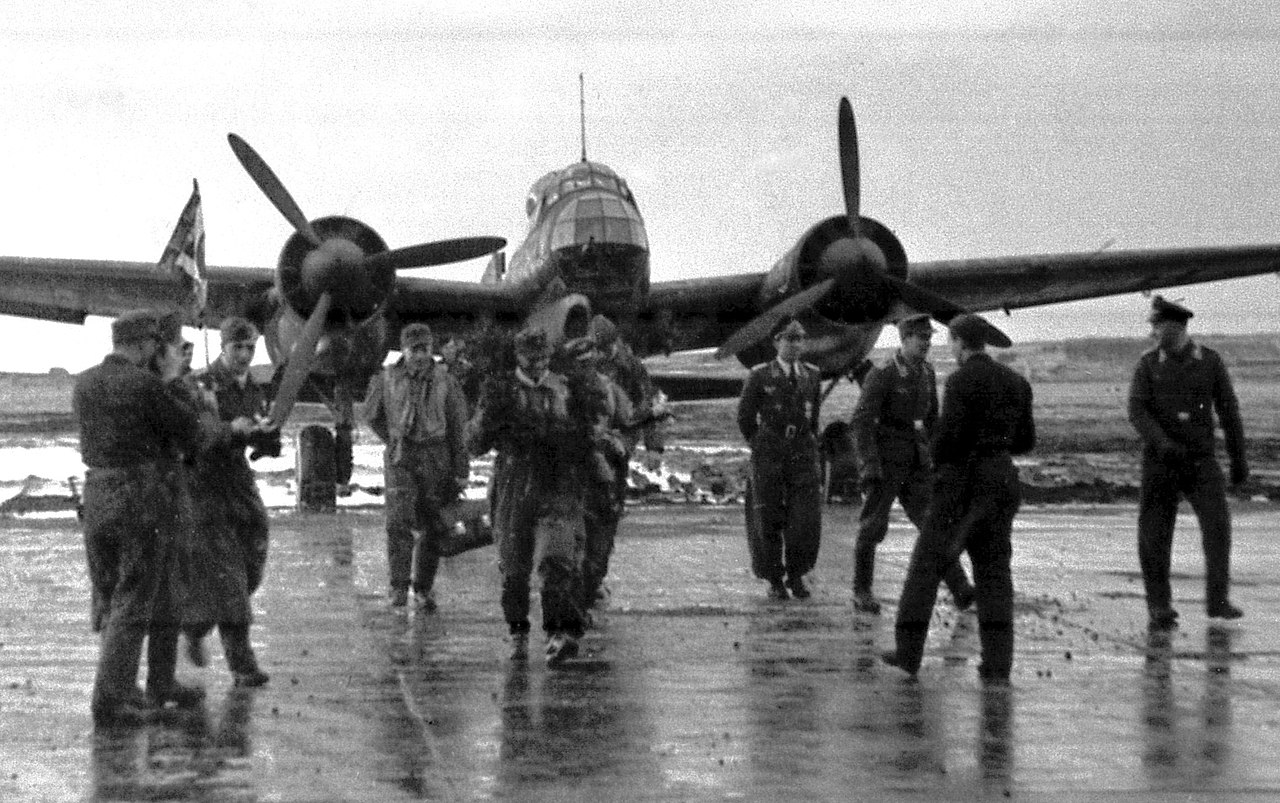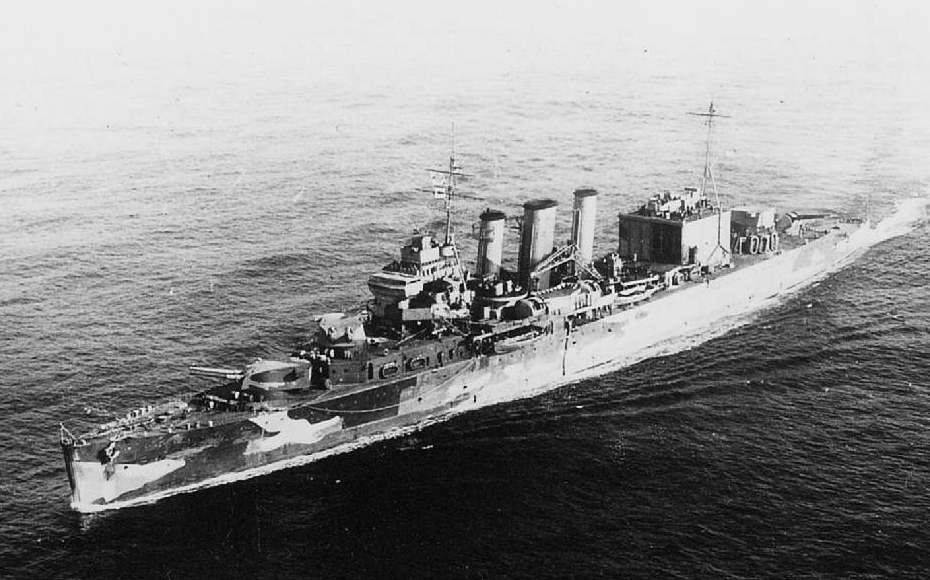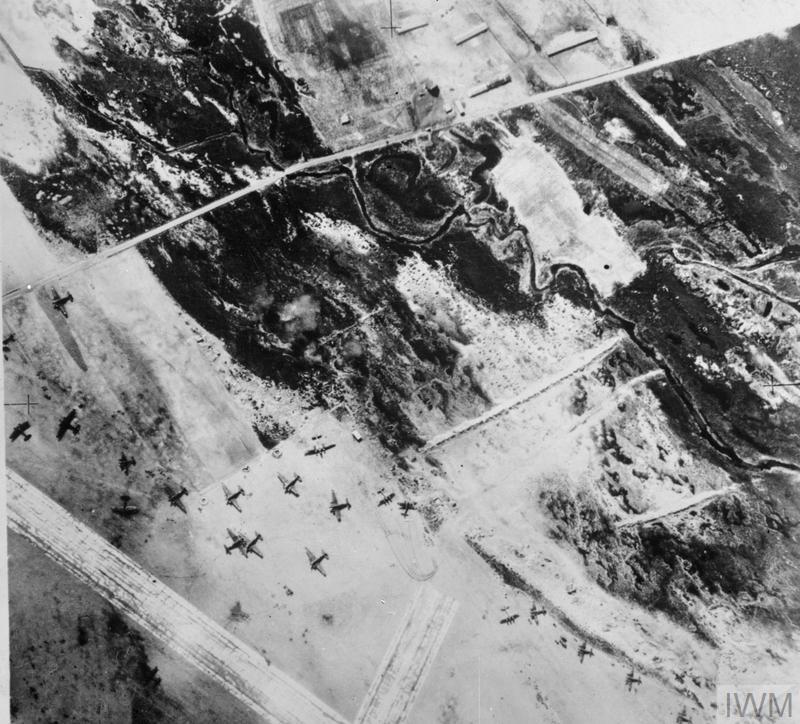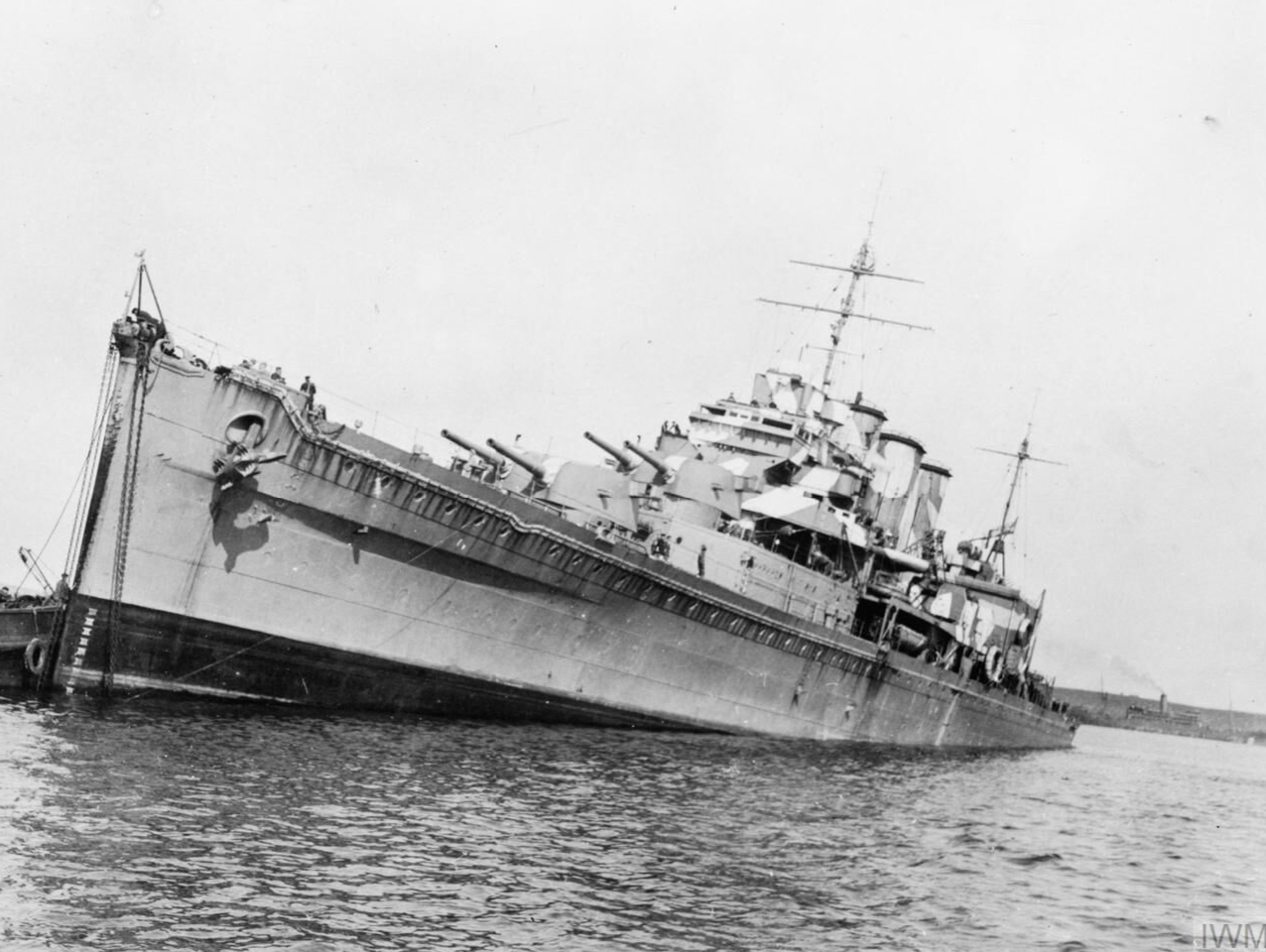On April 10th, 1940, Western Europe was in chaos. Hitler had attempted to flank the stalemate on the Franco-German border by invading Norway, and his invasion had been wildly more successful than it should have been, securing all of Norway's major cities in the first day. Only in Narvik did things go wrong, when the RN showed up offshore and managed to knock out a substantial portion of the German destroyer force.1

A Ju88 at Sola
Nobody in Norway or on the Allied side had seen this coming. The Norwegian government had evacuated Oslo just ahead of the Germans, and the parliament had authorized the government to fight on until it could meet again, while troops across the country mobilized as best they could. The Allies scrambled to send forces against the Germans, but they faced a serious problem in the form of the Luftwaffe. The first encounter between the RN and German bombers hadn't gone particularly well, and the Allies essentially abandoned the eastern half of the North Sea, choosing to focus their efforts in the north, around Trondheim and Narvik. The Luftwaffe quickly moved the He 111s and Ju 88s of X Fliegerkorps, the Luftwaffe's specialist anti-shipping unit, into Norway, placing even the northern locations under threat.
Much of this airpower was at Sola airfield near Stavanger, on the southeastern coast of Norway, and the British weren't blind to the threat it posed. Bombing raids began on the 11th, when half a dozen Wellingtons attacked, losing one of their number over Stavanger. The next day, Wellingtons searching for for the German battleships near Stavanger were bounced by Bf 110s, prompting the RAF to restrict operations near Norway in daylight to Blenheims and Hudsons, which were fast enough to have some chance of survival. Ultimately, 35 raids would be launched on Sola between April 15th and May 10th, although they did little damage to the airfield and cost the RAF 32 aircraft in the area.

Suffolk
In an attempt to relieve the pressure on Allied landings around Trondheim, the British decided to augment the bombing with bombardment on the 17th using the heavy cruiser Suffolk, escorted by four destroyers. The bombardment would be supported by a night attack by Bomber Command, which would hopefully set fires and distract the Germans. Spotting during the attack would be provided by two Walrus seaplanes aboard Suffolk and some additional aircraft from Coastal Command, while any retaliatory attacks as the force withdrew would be blunted by a dozen Blenheims.
Unfortunately, very little of the plan worked. While Suffolk was able to rendezvous with the submarine that was detailed to guide her in, only two of the Wellingtons assigned to the night attack actually found Sola, and for some reason they didn't drop their bombs. One of the two Coastal Command Hudsons that were supposed to provide illumination got lost, while the other failed to make radio contact with Suffolk before a Ju88C fighter from Sola attacked it, rather distracting the pilot.
Suffolk catapulted off her first Walrus, but it too had radio problems, leaving her to complete the bombardment blind. 202 shells were fired, mostly AP due to a lack of HE shells aboard Suffolk. The lack of spotting (the second Walrus fared no better than the first) meant that most of the shells landed around the seaplane base north of the airfield, destroying four He 59 and four He 115 seaplanes. The last few salvoes were fired essentially blind thanks to the rising sun, indicating that it was time to withdraw.

A photo of Sola after the attack
Instead of heading west, Suffolk was ordered north to sweep for a group of German destroyers that had been reported to be operating off the Norwegian Coast. The destroyers were entirely imaginary, and the attempt to catch them, combined with the failure of the fighter escort to arrive, placed Suffolk in grave danger, as Do18 flying boats shadowed her. The first attack came from He111s out of Sola, who attacked from medium altitude, giving the ships below time to dodge. As a result, the only damage was from two bombs which detonated near destroyer Kipling, cracking her machinery mounts. Joining the early attacks were a pair of torpedo-armed He115s, whose attack was thwarted by heavy seas.
The Luftwaffe interpreted the bombardment as the work of a major British naval force, and dispatched every available bomber to strike the retreating ships. The He111s had trouble finding the ship, and those who did bombed from high altitude, with the usual success of that method of attack. But the Ju88s of KG.30, one of the Luftwaffe's specialist anti-shipping groups, had more success, with 12 of the 28 launched finding Suffolk. Her captain, expecting more high-altitude attacks, turned to bring his guns to bear, presenting the diving bombers with an excellent target. One of their 500 kg bombs hit the cruiser forward of X turret and penetrated deep into the ship, detonating near the bulkhead between the aft engine room and the magazine for X turret. Besides taking out the engines, the bomb set off some charges in the powder room, which not only knocked the roof off of X turret but also took out Y turret, while flames shot high enough to destroy the ship's ensign. 1500 tons of water came aboard, and Suffolk's speed fell to 15 kts. While the fighters that were supposed to escort her never showed up, the German attacks were disrupted when the Blenheims that were supposed to launch the noon attack on Sola blundered into the German attack. The Germans apparently mistook them for the fighter version of the Blenheim and scattered, although the delay meant that the defenses at Sola were alerted, costing the bombers a quarter of their number.

Suffolk arriving at Scapa
But the Ju88s weren't done with Suffolk, and the attacks continued throughout the afternoon, with several bombs landing close after the steering gear broke down, riddling the cruiser's side and letting more water in. But despite damage that left the quarterdeck awash and the forefoot nearly exposed, she made it to Scapa, where her Captain was ordered to beach her to make sure she didn't sink before the holes could be patched up. 32 men had been killed and 38 wounded, and it would be almost a year before she was back in service. More broadly, air power had clearly become a major factor in naval operations, allowing Germany, with a small and damaged navy, to stand off the mightiest fleet in the world.
1 On the 13th, they came back and finished the job, but we're still on the 10th. ⇑

Comments
this could probibly use a 'for XYZ' for clarity.
The whole Norwegian theater seems so wild. Like one of those "truth is stranger than fiction" things. I'll bet, if you had the ability to replay history with different RNG, you could do it 10 times and the Nazis would never have so much success in Norway as they did.
All of (early) WWII is like that, though; everything goes implausibly well for the Axis Powers till '42-'43. And then the consequences of their actions start piling up
Yeah, Norway was weird, and I have become increasingly convinced that the fact that it worked explains why the Germans thought that Sea Lion might be a thing.
It sort of reminds me of the 1st Punic War. Roman inexperience at sea is partially made up for by much shorter supply lines.